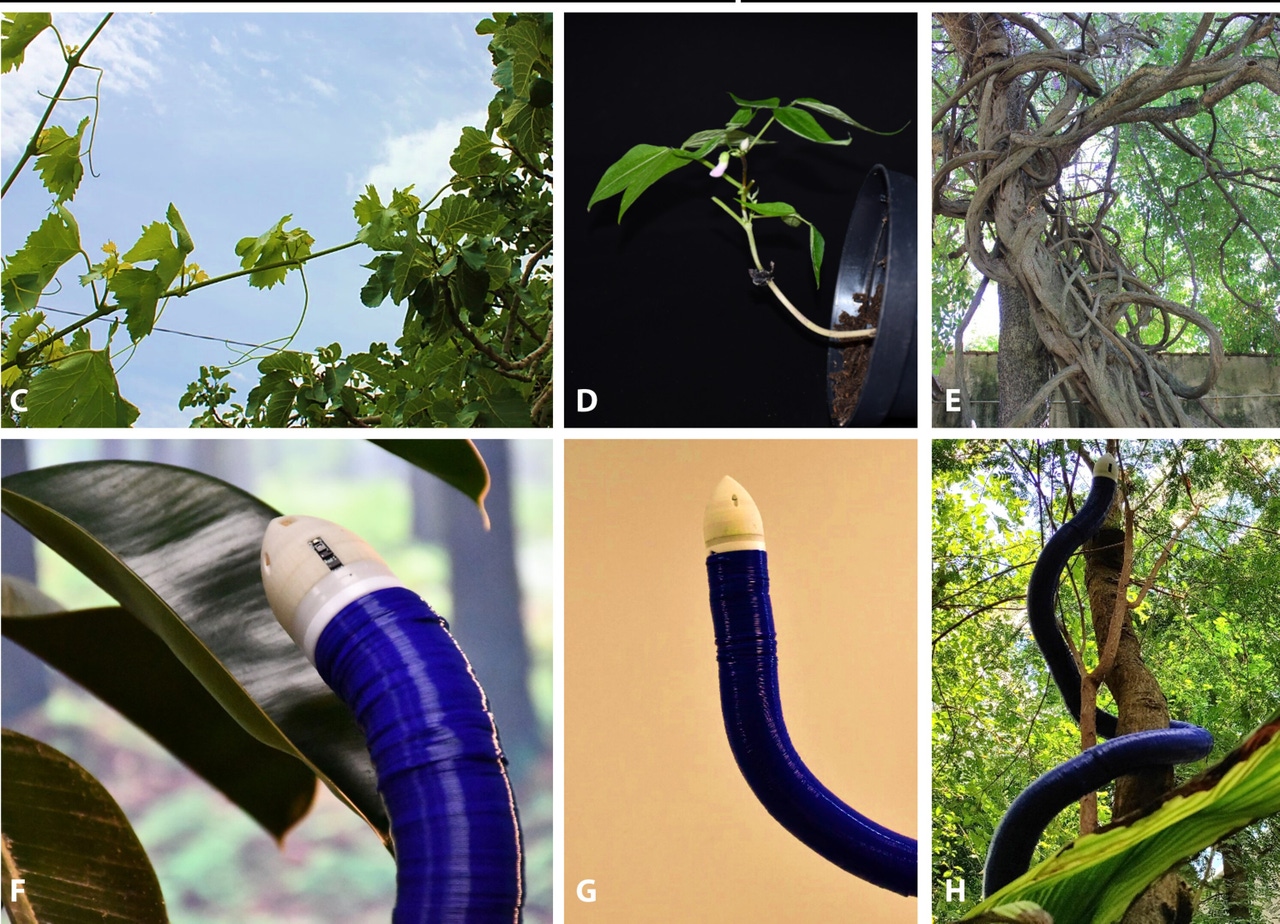Snake-Like Robot 3D-Prints Own BodySnake-Like Robot 3D-Prints Own Body
The robot can adapt its direction of growth and material composition in response to factors such as light and even gravity

Researchers have created an autonomous, “self-growing” robot that 3D-prints its own body to get longer in response to light and gravity, in a design they say takes inspiration from climbing plants.
The team is made up of researchers from Fondazione Istituto Italiano di Tecnologia in Italy and the University of Montpellier in France.
The snake-like robot’s head is fitted with light, plastic 3D-printer ink used to create the body as it moves. Its head is also designed with a sensor at its tip so it can monitor its surroundings and change the direction of growth depending on factors such as light or even gravity.
It can also adapt the kind of material it prints for its own body depending on its environment. For instance, a light body is created if it needs to attach itself to other physical supports or a tougher body is created if self-support is required.
“These features, typical of climbing plants, highlight a potential for adaptive robots and their on-demand manufacturing,” the team wrote in a paper.
The design could have applications in exploration and discovery, particularly in difficult and complex environments.
“Self-growing robots are an emerging solution in soft robotics for navigating, exploring, and colonizing unstructured environments,” the team wrote. “They are especially promising for applications in exploring, monitoring, and interacting with unstructured environments or in the autonomous construction of complex infrastructures.”
In tests, the researchers demonstrated the robot’s efficacy in navigating voids, attaching itself to supports such as trees or poles, and adapting its body shape to best accommodate its environment.
In addition to navigating complex terrains, the team said the robot could be used for disaster monitoring, as well as to test pollution levels in hard-to-reach areas.
About the Author
You May Also Like


.jpg?width=700&auto=webp&quality=80&disable=upscale)
.jpg?width=700&auto=webp&quality=80&disable=upscale)

.jpg?width=300&auto=webp&quality=80&disable=upscale)


